Understanding Acrylic Textile Waste
Acrylic textile waste represents a significant byproduct of the fashion industry, often overlooked in discussions of environmental sustainability. As the textile sector evolves, the accumulation of acrylic fabric scraps poses a challenge, necessitating innovative recycling and upcycling methods. This material, derived from synthetic polymers, mirrors the properties of wool, making it prevalent in various clothing and household items.
Types and Applications of Acrylic Waste
Acrylic waste comes in diverse forms, including post-industrial acrylic scraps, which are remnants from the manufacturing process, and post-consumer acrylic waste, which consists of discarded acrylic garments and goods. These materials find new life in applications such as stuffing for upholstery, insulation materials, and the creation of recycled yarns.
Features and Material Composition
Acrylic waste is characterized by its durability and resistance to moths and chemicals, making it suitable for long-term applications. The material composition of acrylic offcuts varies, ranging from pure acrylic to blends with other fibers, which can influence the recycling process and potential applications.
Advantages of Recycling Acrylic Textile Waste
Recycling acrylic textile fibers offers numerous benefits, including reducing landfill waste and conserving resources. By transforming acrylic knit waste into new products, the industry can minimize its environmental footprint and contribute to a more circular economy.
Acquiring Acrylic Textile Waste on Alibaba.com
Alibaba.com serves as a marketplace for a wide array of acrylic textile waste, catering to the needs of businesses seeking to purchase bulk quantities for various repurposing initiatives. The platform connects buyers with suppliers of acrylic waste in various colors and quantities, facilitating the match between supply and demand without the direct sale of goods.







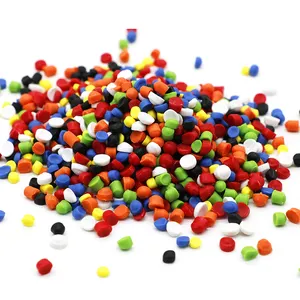





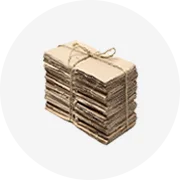
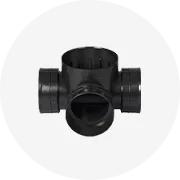
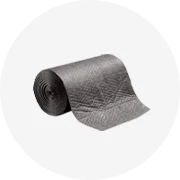
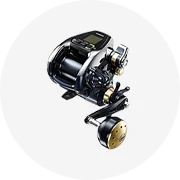








 浙公网安备 33010002000092号
浙公网安备 33010002000092号 浙B2-20120091-4
浙B2-20120091-4